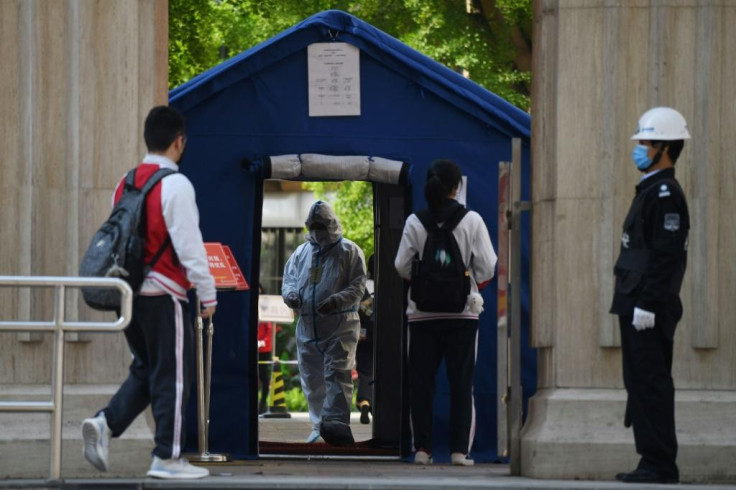Future course of coronavirus is 'highly unpredictable', claims new study
Despite the general consensus surrounding SARS-CoV-2, there is still a lot that researchers are yet to uncover.
Almost halfway into 2020, the world is still devastated by the impact of the coronavirus health crisis. However, in recent weeks, researchers are purportedly making some significant progress in developing probable treatments against COVID-19. Moreover, it was reported that results from the clinical trials of vaccines show promise and will already move on to the next phase. Nevertheless, some are worried about the possibility of a second wave of infections, which could be more devastating.
An example highlights the 1918 Spanish flu pandemic. What appeared to be a triumph against the disease was short-lived as it overwhelmed the globe with its recurrence in the latter part of the year. This led others to believe that it is too early for governments to reopen their economies as it would set up a similar scenario for an outbreak in the colder months of 2020. This is apparently what a published study from the University of Minnesota indicates if precautions are not in place.
The aforementioned educational institution's Center for Infectious Disease Research and Policy medical director Dr. Kristine A. Moore collaborated with experts from Tulane and Harvard universities to study the COVID-19 pandemic. It detailed that "states, territories and tribal health authorities should plan for the worst-case scenario."
The paper also suggests "risk communication messaging from government officials should incorporate the concept that this pandemic will not be over soon and that people need to be prepared for possible periodic resurgences of disease." With some countries already easing restrictions for travel and reopening business amid the downturn of new infections, recurrences are inevitable unless a vaccine is available.
Despite the general consensus surrounding SARS-CoV-2, there is still a lot that researchers are yet to uncover. Ongoing studies show there is much to learn about the coronavirus and its subsequent mutations. In fact, there appears to be more than one strain as suggested by scientists closely working on treatments or vaccines against COVID-19.

As such, social distancing and isolation is the only course of action until a vaccine or cure is developed. Just like the events of the 1918 Spanish flu outbreak, cases will quickly skyrocket if restrictions are lifted prematurely.
© Copyright IBTimes 2025. All rights reserved.





















